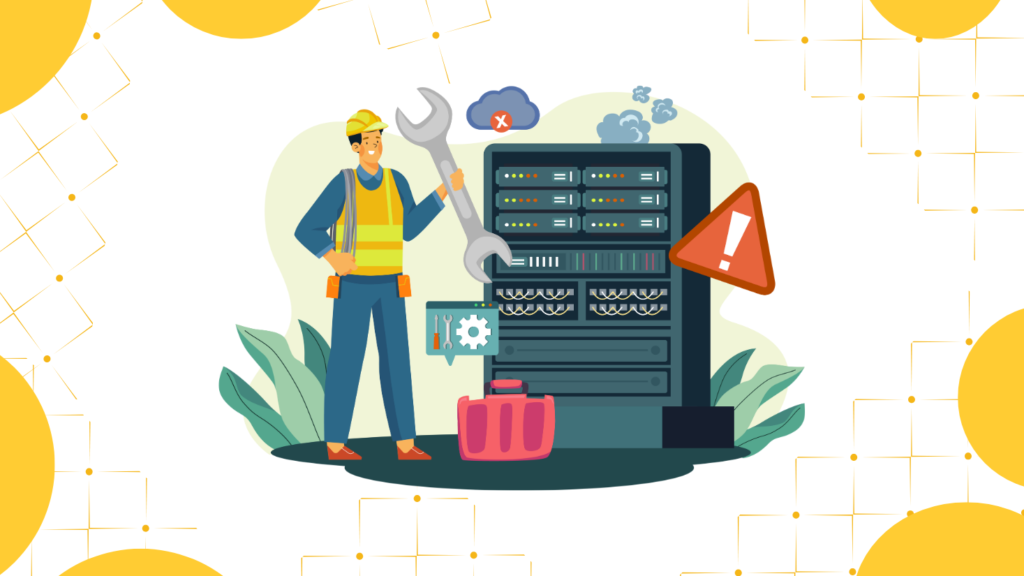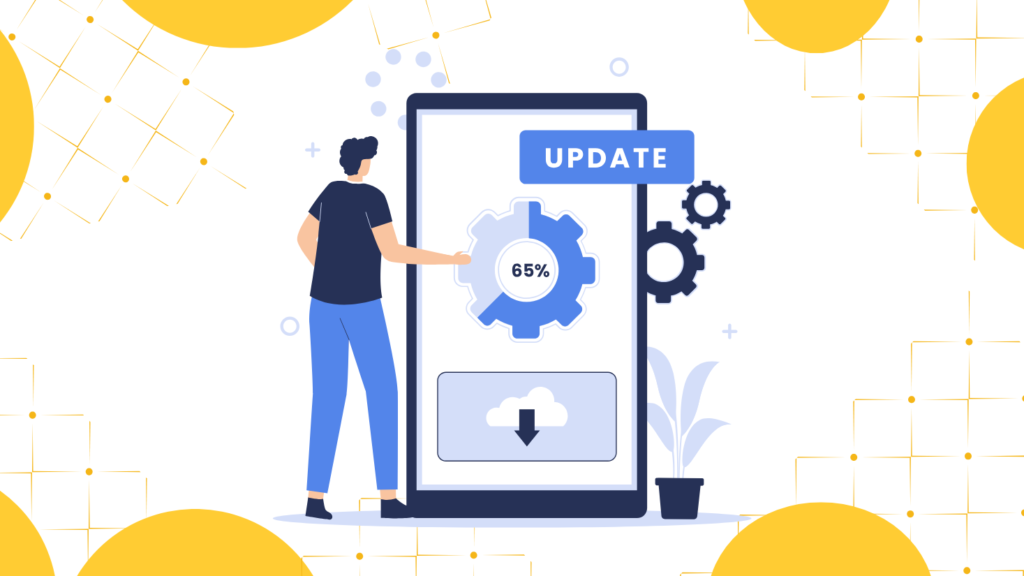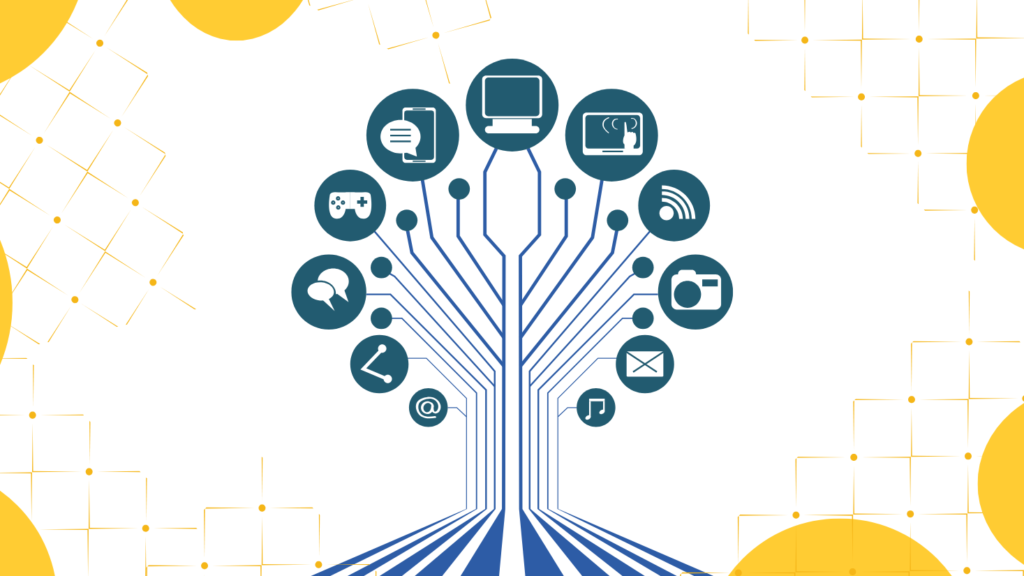SOFTWARE SUPPORT MAINTENANCE SERVICES
Software Support and Maintenance Services
are essential for ensuring that software applications remain functional, efficient, and up-to-date after they have been deployed. These services involve troubleshooting, updating, and enhancing the software to adapt to changing business needs, user feedback, and technological advancements. Proper software maintenance reduces downtime, improves performance, and extends the software’s lifecycle, ensuring its relevance in a rapidly evolving technological landscape.


Software Support & Maintenance Process
Monitoring and Diagnostics
- Continuously monitor the software for performance, security, and operational efficiency.
- Use monitoring tools to detect errors, performance issues, and system health metrics.
- Analyze logs and metrics to diagnose potential issues before they impact users.
- Bug Fixing & Issue Resolution :
- Respond quickly to reported bugs and defects.
- Prioritize and resolve issues based on severity and impact on the business or user experience.
- Release patches or hotfixes to address bugs and maintain the software’s integrity.
- Updating & Patching :
- Regularly update the software to ensure compatibility with new technologies (e.g., operating systems, browsers).
- Implement security patches and updates to protect the software from potential vulnerabilities.
- Release feature updates or enhancements to meet user needs and business objectives.
System Optimization
- Perform routine optimization tasks, including database tuning, memory management, and software configuration improvements.
- Improve the software’s performance to enhance user experience and reduce downtime.
- Optimize code to make it more efficient and scalable.

- Backup & Recovery
- Regularly back up the software’s data and configurations to prevent data loss.
- Implement recovery strategies to restore the software in case of failure or disaster.
- Ensure backup systems are reliable and tested to prevent data corruption.

User Training and Documentation
- Provide training to users on new features, updates, and best practices.
- Offer technical documentation, release notes, and user guides to help users navigate the software.
- Create a knowledge base and self-service portal to empower users to solve common problems on their own.
- Performance Testing & Tuning :
- Test the software under different loads to evaluate its performance and scalability.
- Tune performance settings and configurations to improve the software’s speed and responsiveness.
- Ensure the software can handle growing data volumes and increasing user traffic.
- Compliance & Security Audits :
- Ensure the software complies with relevant regulatory standards, such as GDPR, HIPAA, or industry-specific regulations.
- Perform security audits and vulnerability assessments to detect and fix security weaknesses.
- Implement strong encryption, access control, and data protection mechanisms.
- Version Control and Release Management :
- Manage software versions and updates, ensuring that all patches and new releases are thoroughly tested.
- Implement a structured release management process to ensure that new versions are deployed smoothly.
- Use version control tools to track changes and maintain consistency across different environments.
Benefits of Software Support & Maintenance Services
- Improved Software Performance : Regular maintenance ensures that the software is running optimally, providing users with a seamless experience and minimizing downtime or slow performance.
- Bug-Free Software : Ongoing support helps identify and fix bugs, defects, and glitches in the software, improving overall quality and reliability.
- Security & Compliance : Regular updates and security patches protect the software from vulnerabilities and ensure compliance with industry standards and regulations, reducing the risk of data breaches.

- Security & Compliance : Regular updates and security patches protect the software from vulnerabilities and ensure compliance with industry standards and regulations, reducing the risk of data breaches.
- Increased User Satisfaction : Providing continuous support, bug fixes, and updates ensures that users have a positive experience with the software, leading to increased satisfaction and retention.
- Reduced Downtime : Proactive maintenance and monitoring reduce the chances of unplanned downtime, keeping the software available and reliable for users at all times.
- Adaptability to Business Changes : Software maintenance allows businesses to adapt the software to evolving business needs, technological advancements, and user expectations.
- Cost-Effective : Addressing issues early through ongoing support and maintenance reduces the cost of major repairs or overhauls, minimizing the need for costly fixes down the line.
- Longer Software Lifespan : Regular updates and improvements extend the lifespan of the software, ensuring that it remains useful and competitive in the market for years.
